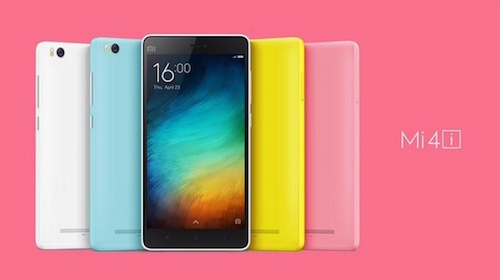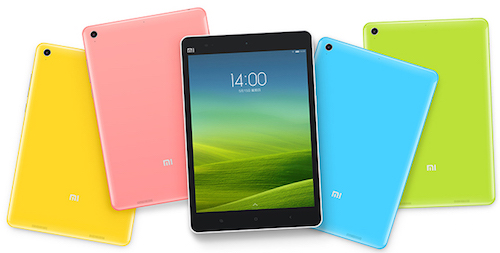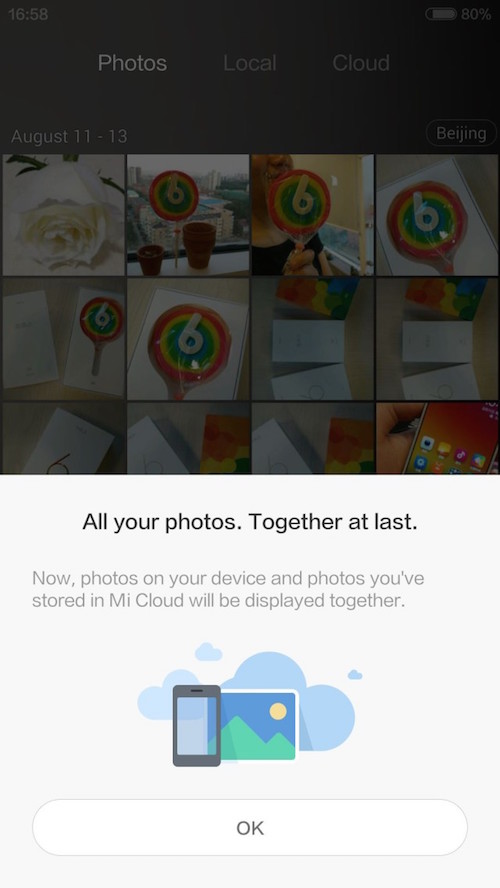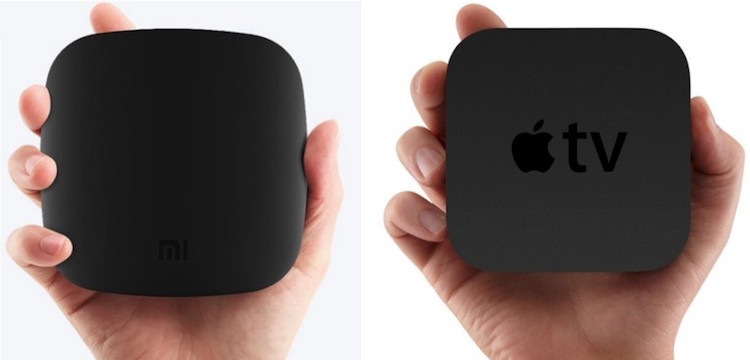6 Times Apple Was Blatantly Ripped Off

Toggle Dark Mode
Apple is no doubt one of the most highly respected tech companies in the world. Reliable software and beautifully designed hardware is a winning combination in consumer’s eyes, and this formula keeps people coming back for more.
Apple’s popularity has garnered the company unbelievable profits. We know Apple has earned a ton of money, and this fact has not gone unnoticed by competing manufacturers. It seems that major smartphone companies want a piece of Apple’s pie, and are finding that simply copying Apple is the easiest way to achieve success.
One of the most widely publicized infringing companies is Samsung. Even as far back as 2012 we saw Samsung beginning to take the trip down copy-cat lane. Reportedly, internal documents from Samsung’s designers admit that the company copied iPhone. Information sourced from AllThingsD states…
• In February 2010, Google told Samsung that Samsung’s “P1” and “P3” tablets (Galaxy Tab and Galaxy Tab 10.1) were “too similar” to the iPad and demanded “distinguishable design vis-à-vis the iPad for the P3.”
• In 2011, Samsung’s own Product Design Group noted that it is “regrettable” that the Galaxy S “looks similar” to older iPhone models.
• As part of a formal, Samsung-sponsored evaluation, famous designers warned Samsung that the Galaxy S “looked like it copied the iPhone too much,” and that “innovation is needed.” The designers explained that the appearance of the Galaxy S “closely resembles the iPhone shape so as to have no distinguishable elements,” and “all you have to do is cover up the Samsung logo and it’s difficult to find anything different from the iPhone.”
The patent wars between Samsung and Apple seem to have went on for ages, and the rivalry is getting more intense as time goes on. Apple would like to see Samsung’s similarly designed products trashed completely, however anti-competition protection laws and vaguely filed patents keep Samsung’s products in the mix and on store shelves. During the summer of 2015, it was found that Samsung had violated some of Apple’s patents, the courts then ordered that Samsung pay an unimaginable fine of $930 million to Apple.
Certain Apple patents like “pinch to zoom” and “swipe to unlock” certainly seem ridiculous to enforce, as these are features we come to expect on any smartphone. However there are a few examples of times when Apple’s products were blatantly, and unnecessarily, ripped off.
Apple iPhone 4 vs. Samsung Galaxy S6
When the iPhone 4 was released it was regarded as one of the most beautifully designed smartphones ever created. When Apple ditched the all glass backing, in favor of aluminum, some people weren’t happy with the decision. It seems that Samsung snatched up Apple’s previously beloved all-glass design for their Samsung Galaxy S6.
Apple EarPods vs. Samsung Galaxy S6 Headphones
Apple’s in ear headphones were radically redesigned and were included in the box with the iPhone 5. The design helped keep the earbuds where they belong, in your ears, solving a major issue with the previous earphone design. It seems that Samsung just couldn’t help but keep an eye on Apple’s new earphone while they were designing their own.
Probably the worst offender when it comes to copying Apple is the Chinese electronics manufacturer Xiaomi. Xiaomi (pronounced Shao-Me) is currently wildly popular in its home country, and recently jumping to third place in the list of the world’s largest smartphone manufacturers.
It could be argued that Xiaomi’s rapid success has been due to their design and branding, blatantly ripped off from Apple.
Apple iPhone 5c vs. Xiaomi Mi 4i

It is clear that Xiaomi sought out design inspiration from the iPhone 5c when they were putting together their Mi 4i smartphone. While the colors are slightly different, the plastic backing and blackface of the smartphone are oddly similar.
It appears that Xiaomi saved Apple’s iPhone 5c color scheme for their Mi Pad. This choice ultimately varied up the products just enough to keep the smartphone and tablet out of the infringement zone.
Cult of Mac’s Alex Heath, provides even more convincing evidence from within the phone’s software. We can see below multiple examples of Apple’s uniquely designed apps and Xiaomi’s slightly altered version.
Software
The Apple TV is a relatively unique looking streaming device; all black, with rounded corners, and thin remote with a circular directional pad. Xiaomi clearly looked no further than the Apple TV when they were sketching their own set-top box.
Apple Store vs. Xiaomi Store
The similarities between Apple and Xiaomi don’t end there. The most obvious example of stolen brand identity comes from the Xiaomi retail stores. Everything from the information panels, to the product displays, to the famous wooden tables are stolen from Apple.
Okay, okay, so Apple isn’t completely innocent either. Apple, for the most part, has been a revolutionary company when it comes to their unique products. More recently, Apple is playing catch-up in the software department. One of the most infamous feature thefts was iOS’ Notification Panel, that was found from the beginning-of-time on Android devices. Apple’s newest infraction comes from iOS 9’s Split View, which is an obvious rip-off of Microsoft Window’s Snap feature.
With the launch of the iPhone 6s on the horizon, we will hopefully find more unique and revolutionary features to keep our favorite smartphone manufacturer on top.





















